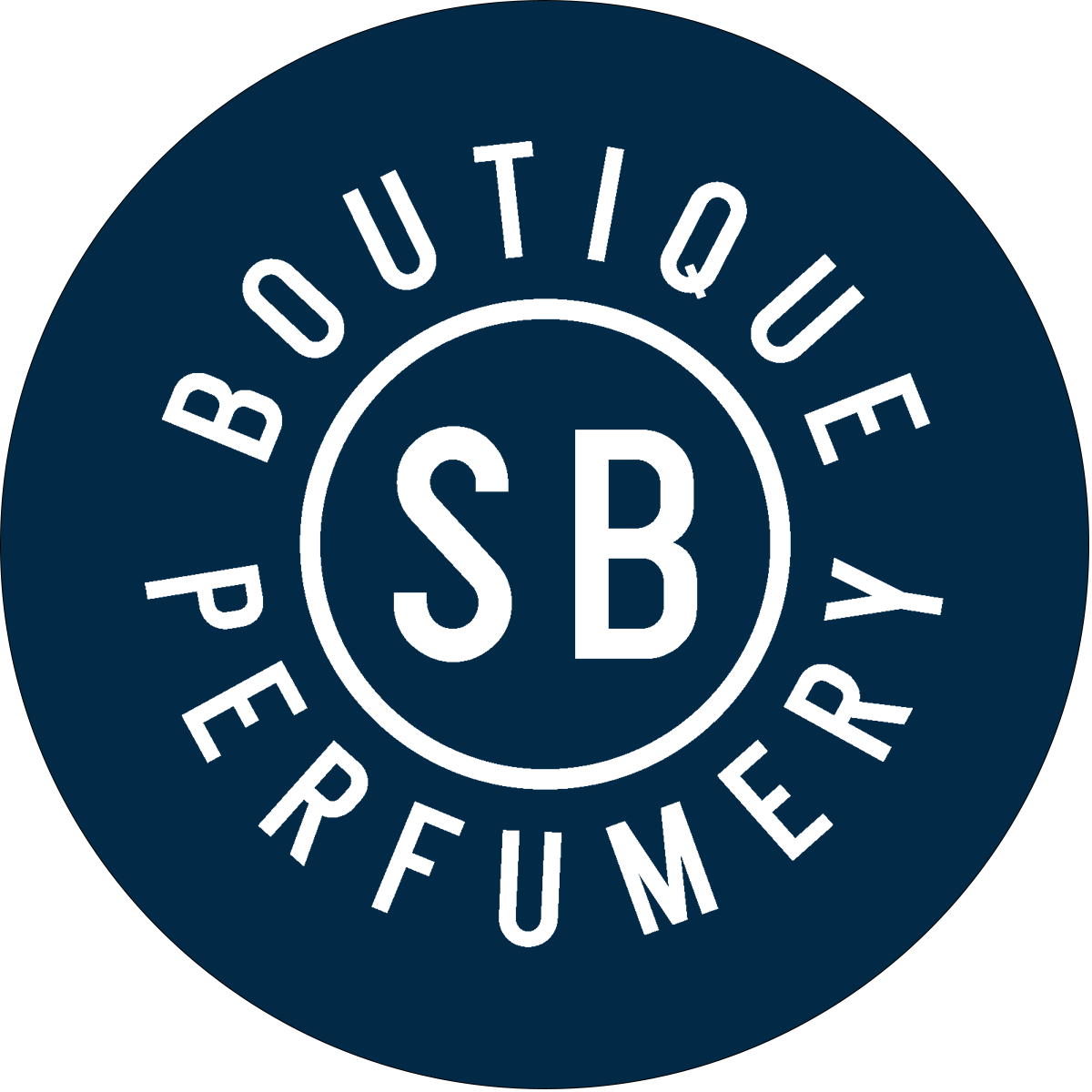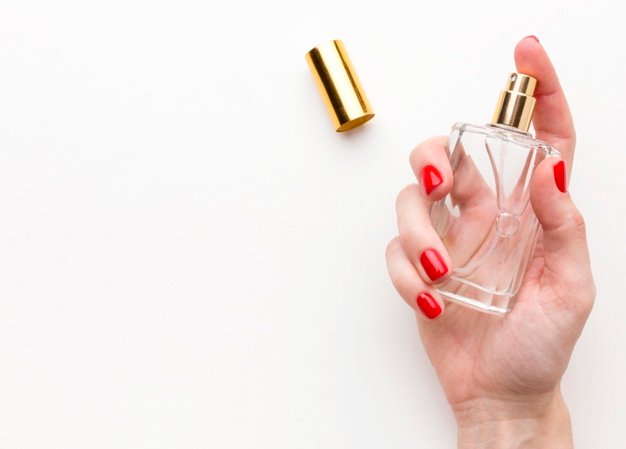To give you an understanding of how perfume is made we will begin by explaining how it is all believed to be started. You might be surprised how much work goes into the bottle on your dressing table!
Perfume in Ancient Times
In archaic time periods, perfume makers did not have the ability to manufacture synthetic smells. All fragrances came from the earth in one way or another. Ancient civilizations infused body lotions and water with aromatic flowers and different types of wood. They also burned incense made of spices, like cinnamon and myrrh, and extracted oil from plants.
Before the manufacturing process can begin, the plant and animal-based perfume ingredients must first be gathered. The ingredients would range from fruits to vairious different plants among many other things. Various methods of extracting plant oils have been used throughout the world over time. When early civilizations extracted oils, they typically used the expression method, which simply put is pressing the ingredients until all the oils are extractred.

In the ancient civilizations of Egypt, Persia, Rome and China, these essential oils were special for more reasons than just cosmetic. They were used to anoint the body or made sacred through ceremonial applications. Perfume oils were also added to water and other liquids for beautification and religious purposes. To this day many people still use traditional herbal methods for medication and in everyday life. Do you drink herbal teas or burn specific candles around your home to create a more peaceful environment?
Throughout the ages, perfume extraction and manufacturing methods were developed and innovated. Not only did perfume serve as a ceremonial and symbolic cosmetic, but it opened up a new avenue for trade. For example, many believe that the Persians invented the distillation process that resulted in using alcohol as a perfume base rather than oil. The Persians dominated the perfume trade for centuries, most likely due to their new methodology at the time.
The Perfume Manufacturing Process
Making a perfume involves collecting ingredients, extracting oils, blending, aging and quality control. Almost like a fine wine, a lot of work and time go into producing a perfume. What’s especially interesting is that many of the methods from ancient times are used by popular perfume brands today. Of course, the techniques and mixtures have been finetuned and perfected by scientists and other professionals, but some procedures are very similar to their early counterparts.
Ingredients Used to Make Perfume
Many perfumes are made by extracting scented oil from natural ingredients. These ingredients can include various plants, fruits, woods and even animal secretions. Other resources like alcohol, coal, tars and petrochemicals can be used during the manufacturing process.
For scents that don’t occur in nature or do not produce essential oils, synthetic chemicals are used to emulate the scent. Many popular and hard to find scents fall into this category, so it’s likely that your favorite perfume uses at least some synthetic scents.
At Shay and Blue as all of our fragrances are vegan some of our scents such as musk and leather are sunthetically made, this allows us to have the same great scent whilst keeping our promise to be good to the animals.

Extraction Methods
Natural ingredients must have their oils extracted in order to create a perfume or cologne. Essential oil extraction can be done several ways: Oils can be obtained through solvent extraction, steam distillation, expression, enfleurage (a process that squeezes out the oils) or maceration.
Solvent Extraction
This method is performed by putting plants into big, rotating drums. The plants are then covered with petroleum ether or benzene. The plant parts eventually dissolve in whatever solvent is used, leaving a waxy substance that contains the oils.
This substance is then placed in ethyl alcohol. The oil dissolves in the alcohol, which is then burned off, leaving a highly concentrated perfume oil.

Steam Distillation
With steam distillation, the natural materials are placed in a still. The materials sit in the still until they are extracted. The resulting substance is then passed through tubes, where it is cooled and then liquefied. In addition to steaming, oils can also be extracted from plant materials by boiling in water.
Expression
As one of the oldest forms of extraction, the expression method is quite simple. This process, often used for extracting citrus oils, involves pressing the plant, either mechanically or manually, until all of the oils are extracted.
Enfleurage
In the process of enfleurage, large glass sheets are coated with grease and the flowers or other plant material are spread across them. The glass sheets are then placed in tiers between wooden frames. The flowers are then moved by hand and replaced until the grease is able to absorb the fragrance.
Maceration
The process of maceration is similar to enfleurage however warmed up fats are used to soak up the fragrance as opposed to grease. The fats then have to be dissolved in alcohol so that the essential oils can be obtained.

Blending the Ingredients
The process of creating a scent begins after the essential oils are extracted and collected. Once all the ingredients have been chosen, they need to be blended together. The oils are blended according to a formula that has been predetermined by a master in the perfume industry, often referred to as a “nose.” In our case at the perfumery this would be Dom and Julie. Many of these formulas were carefully created over several years and often include hundreds of different ingredients.
As we mentioned before, some perfume ingredients come from plants and some are animal products. For example, castor comes from beavers, musk from male deer and ambergris from the sperm whale. Animal substances are often used as fixatives that enable perfume to evaporate slowly and emit odors longer.
Other fixatives include coal tar, mosses, resins or synthetic chemicals. Alcohol and sometimes water are used to dilute ingredients in perfumes. It is the ratio of alcohol to scent that determines the perfume’s strength and worth. The more essential oil, the stronger (and more expensive) the perfume is.
Eau de parfum will have a lower concentration of alcohol while body mists will have a much higher concentration of alcohol.

The Aging Process
High quality and pure perfumes are often aged for months or potentially even years after the scent has been blended. This is done to ensure that the proper scent has been created.
Aging allows the different scents, or notes, to really blend together. Perfumes are made up of top notes that provide the scent with body as well as base notes which create an enduring fragrance.
Quality Control
Quality control is a vital aspect of the perfume manufacturing process. It ensures that the finished perfume doesn’t contain any harmful or undesired products, some of which could even be banned. This way the brand’s reputation, and more importantly public health, is protected.
Natural ingredients can be difficult to harvest, and some perfumes use natural animal oils which can also be troublesome to collect. Synthetic perfume has allowed perfumers to more easily create their scents and require less quality control.disc
The Future of the Perfume Industry
Today, perfumes are increasingly made using synthetic chemicals. Often, scents that occur naturally are reproduced synthetically rather than sourced and extracted. This allows the cost of producing perfume to go down, increasing its availability to the public. However, this can also lower the quality of the perfume, at Shay and Blue all of our fragrances are made with real ingredients and synthetics are used as little as possible to make sure you're getting the best product possible.
Our sense of smell is the most powerful of the five senses, so it doesn’t look like perfumery is going away any time soon. The importance of scent has been around since the beginning of time, meaning smell is valuable for a multitude of purposes, including emotion, memory, creativity and relationships.
Like this article? Sign up to our newsletter to get more delivered straight to your inbox
_____________
References:
 Welcome to...
Welcome to... Austria
Austria
 Belgium
Belgium



Share:
Our New Imagery!
Get Your Hands On The Only Fragrance Wardrobe You Need!